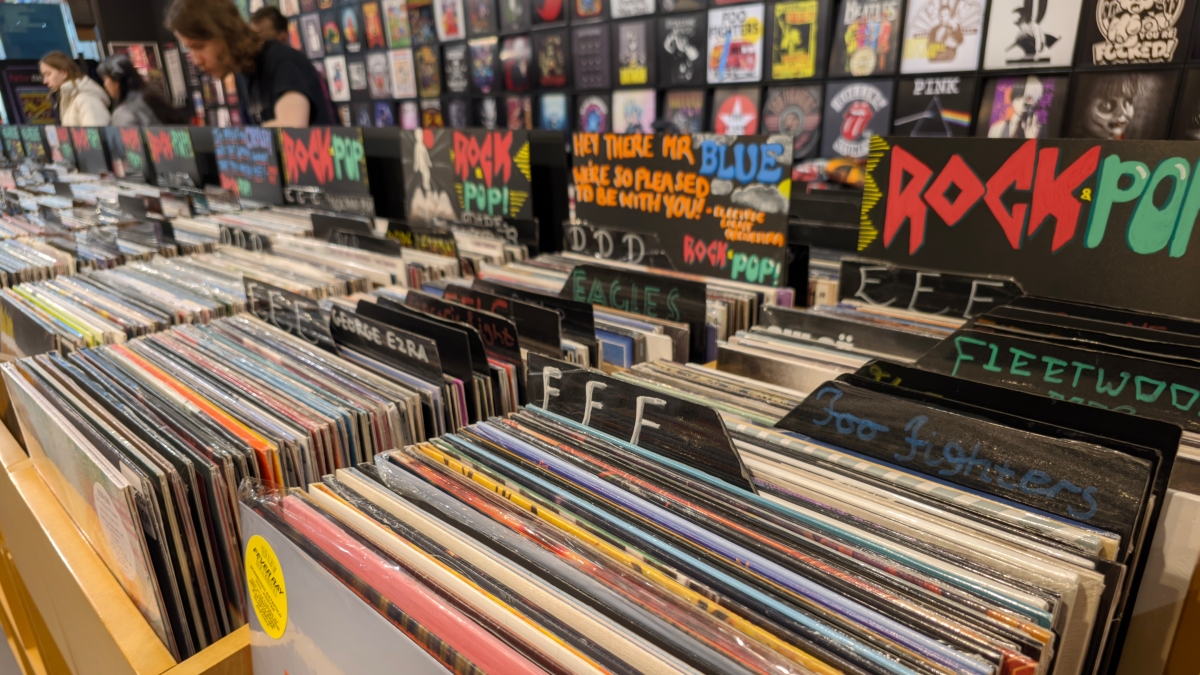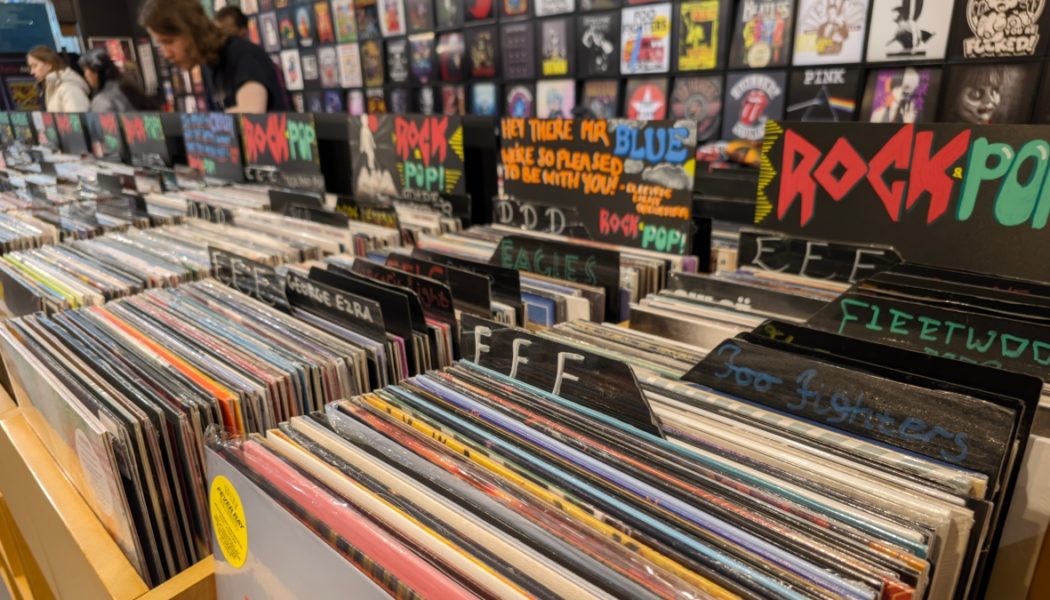
In 2024, more musicians are making and releasing music than ever before. In fact, a new report has found that more music is released in a single day now than in the entire year of 1989.
The report was put out by MusicRadar, who spoke with music business economist Will Page (former Chief Economist of Spotify) about the changing dynamics of the industry. “More music is being released today (in a single day) than was released in the calendar year of 1989,” Page explained. “More of that music is being done by artists themselves, meaning there’s even more demand for music production software.”
It’s true, the rise in musicians goes hand-in-hand with the rise of music-making software and music-distributing platforms. Now that making high-quality recordings is possible from the palm of your hand — and sharing them is as easy as the tap of a finger — an unprecedented amount of people have the ability to become active, content-creating musicians.
According to MIDiA’s “State of the Music Creator Economy” report, the global number of music creators was 75.9 million in 2023, a 12% increase from 2022. By 2030, that number is expected to balloon to a whopping 198.2 million.
Related Video
So what does this mean for music-makers? Well, for starters, it means more independence, which can be a good or bad thing. Musicians now have more creative and personal freedoms, but also face reduced earnings thanks to the micro-revenues paid by streaming platforms. Meanwhile, the cost of music-making is being shifted onto creators, as more and more software, plugins, and other tools switch to subscription-based models. According to MIDiA, “a quarter of software, sound, and services revenues” in 2022 came from subscriptions, and that figure is expected to reach one-third by 2030.
All this bodes well for tech companies and the content platforms that benefit from an abundance of cheap music, but fails to provide protections for those who rely on music as a livelihood. Steve Heithecker of Pyramind Institute touched on this phenomenon, explaining, “Software companies have followed the lead set by Wall Street. Recurring revenue is very sexy right now… People often also forget they have the subs and then it’s a bit like free money for these companies when they auto renew.”
Meanwhile, there isn’t really anything that’s “like free money” for music-makers — rather, there’s just an industry that’s continually innovating new ways to exploit them.
But as MusicRadar pointed out, musicians aren’t thrilled with decreasing revenue opportunities and increased expenses from subscriptions models, with a sense of “fatigue and resentment on the rise.” This imbalance could lead to a more equitable system, with some calling for improved forms of recurring payments (like rent-to-own instead of subscriptions), as well as better protections and increased reimbursements for musicians in general.









